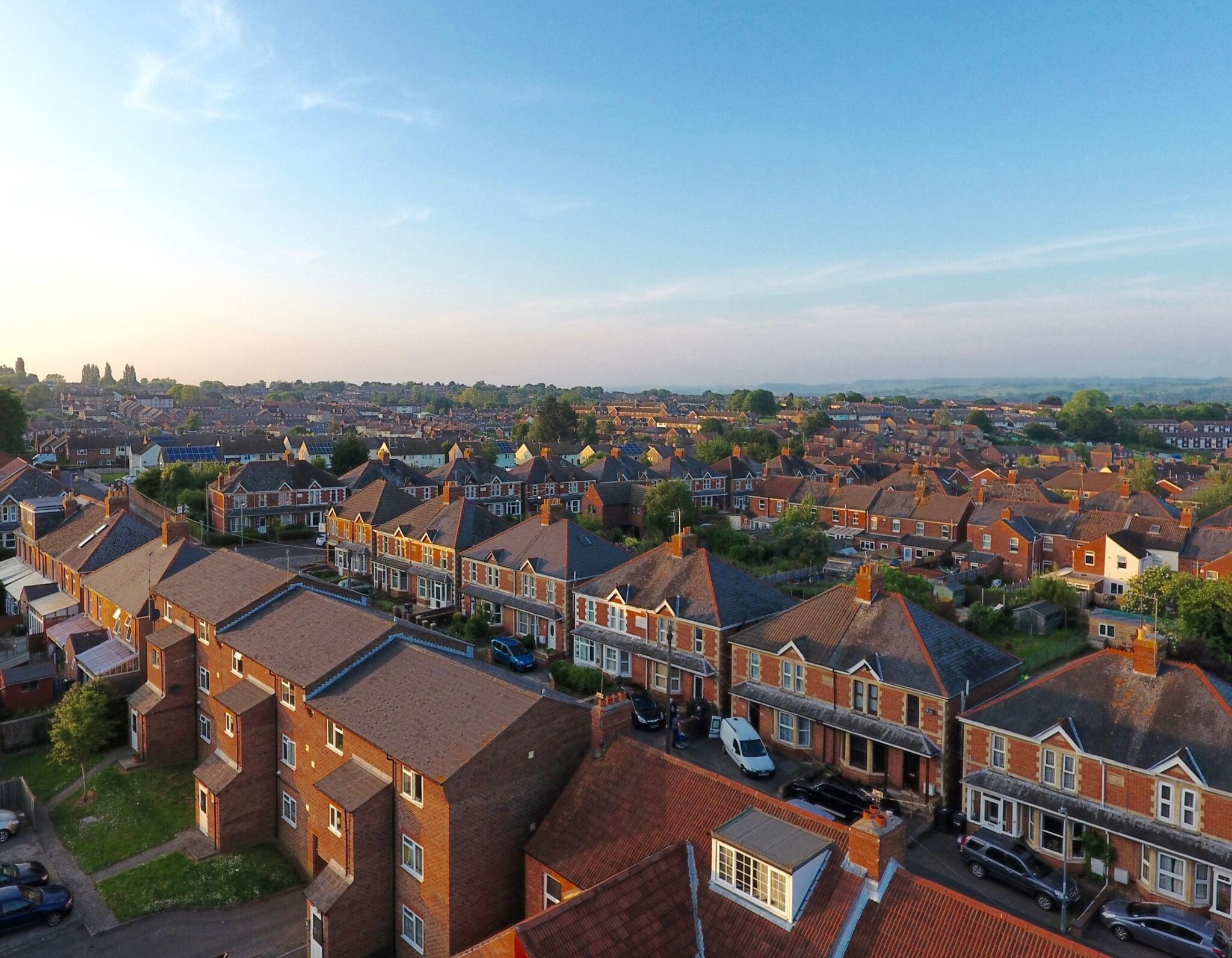Stamp Duty Land Tax (SDLT): Everything you need to know
This article was updated on 17 January 2025
Contents
Stamp Duty Land Tax (SDLT) is a type of property tax that buyers must pay when purchasing property or land over a certain value. To help you navigate the complexities of SDLT and what it means for you, here is our complete guide on everything you need to know.
What is SDLT?
Stamp Duty Land Tax (SDLT) is a property tax that buyers in England and Northern Ireland must pay when purchasing property or land that is above a certain value.
Introduced in 2003, SDLT is applicable to both freehold and leasehold properties, whether bought outright or with a mortgage. Buyers must submit their return and payment to HMRC within 14 days of the property purchase completion. The return can be filed online by a solicitor/conveyancer or through the SDLT1 paper return.
SDLT for residential properties
SDLT is due on residential properties costing more than £125,000, unless the buyer qualifies for exemptions like first-time buyer relief. The amount depends on the purchase price and may include any debt transfer or release.
If purchasing a second or subsequent residential property, e.g. a second home or a buy-to-let, an additional 5% surcharge applies on top of the standard SDLT rate. Exemptions for residential properties where there is a sale of a main home within 36 months of its replacement are available. If selling a previous home takes longer than 36 months, a refund of the 5% surcharge may be available, provided that exceptional circumstances delayed the sale.
| Property Price Band | SDLT Rate (Main Residence) | SDLT Rate (Additional Property) |
|---|---|---|
| Up to £125,000 | 0% | 5% |
| £125,001 – £250,000 | 2% | 7% |
| £250,001 – £925,000 | 5% | 10% |
| £925,001 – £1.5 million | 10% | 15% |
| Over £1.5 million | 12% | 17% |
Here’s how that works in practice. Say you’re buying a home worth £600,000 as your main residence, the SDLT calculation is:
- 0% on the first £125,000 = £0
- 2% on the portion from £125,001 to £250,000 (£125,000) = £2,500
- 5% on the portion from £250,001 to £600,000 (£350,000) = £17,500
- Total SDLT Payable: £0 + £2,500 + £17,500 = £20,000
And, if you were purchasing the property as a second home, the SDLT would be:
- 5% on the first £125,000 = £6,250
- 7% on the portion from £125,001 to £250,000 (£125,000) = £8,750
- 10% on the portion from £250,001 to £600,000 (£350,000) = £35,000
- Total SDLT Payable: £6,250 + £8,750 + £35,000 = £50,000
First-time buyers can claim relief and pay no SDLT on properties worth up to £300,000. There’s then a 5% special rate covering the next £200,000, meaning a maximum of £10,000 on SDLT for first-timers buying a property worth up to £500,000. For properties over £500,000, there is no relief for first-time buyers.
| Property Price Band | SDLT Rate (First-Time Buyers) |
|---|---|
| Up to £300,000 | 0% |
| £300,001 – £500,000 | 5% on the portion above £300,000 |
| Over £500,000 | Standard residential rates apply (no first-time buyer relief) |
For example, if you’re a first-time buyer purchasing a property for £450,000, your SDLT calculation is as follows:
- 0% SDLT on the first £300,000 = £0
- 5% SDLT on the remaining £150,000 = £7,500
- Total SDLT payable: £7,500
Finally, if you’re not a UK resident (i.e., you haven’t been present in the UK for at least 183 days during the 12 months before your purchase), an additional 2% surcharge applies on top of the standard rates.
SDLT for commercial properties
SDLT also applies to non-residential properties such as offices, shops, agricultural land, and properties that are not part of residential grounds.
The tax is also due on at least six residential properties bought in one transaction. SDLT rates for commercial properties are based on price bands, where a percentage is payable on the portion of the property price within each band.
For mixed-use properties or leasehold properties, SDLT is calculated based on both the lease price and the annual rent. If the Net Present Value (NPV) of the lease is under £150,000, no SDLT is due on the rent. However, a return is required for most transactions under £150,000, even if no SDLT is payable.
Exemptions for commercial properties
Exemptions may apply in cases where no payment is made between the parties, such as properties inherited or transferred following a divorce or dissolution of a civil partnership. SDLT is also not due when a property is transferred under a registered lease in certain circumstances.
SDLT FAQS
When is SDLT payable?
SDLT must be paid within 14 days of property completion. Buyers can submit their return online through a solicitor or via a paper return.
Do charities pay SDLT?
Registered charities can claim SDLT relief on land or property purchases, provided the property is used for charitable purposes. If the charity fails to use the property in this way, they may lose the relief and become liable for SDLT.
Do I need to submit an SDLT return?
Most property transactions need to be reported to HMRC, even if no tax is due. However, you do not need to submit a return if no payment is made, if the property is inherited, or transferred due to divorce or civil partnership dissolution.
Can I claim back SDLT on Buy-To-Let?
You may be eligible for an SDLT refund if you sell your main home and move into a buy-to-let property. Refunds must usually be claimed within three years of the purchase.
How to claim an SDLT refund?
To claim a refund, you can submit an online application or a paper form to HMRC. The form will ask you to provide details of the property, the SDLT reference number, the tax paid, and your bank account details.
How do I find my SDLT unique transaction reference number?
The unique 11-character SDLT transaction reference number can be found on your SDLT5 certificate or paper return.
Is it possible to avoid SDLT on a second home?
SDLT on a second home is generally not avoidable, but there are exceptions. Mobile homes, caravans, houseboats, and motorhomes are exempt from SDLT. We advise our clients not to enter into avoidance schemes as they are risky and are likely to lead to penalties.
Do you pay SDLT when you sell a house?
The buyer is responsible for paying SDLT, not the seller. The buyer’s solicitor usually arranges payment during the property purchase process.
Is SDLT tax deductible?
SDLT is not tax-deductible, including on Buy-To-Let properties. However, it may reduce the Capital Gains Tax due when selling the property by offsetting the purchase costs.
SDLT advice
SDLT can be complex, especially for mixed-use properties, non-residential purchases, or transactions involving multiple properties. It is crucial to consider the application of surcharges, exemptions, and reliefs in various scenarios, including for commercial properties or transactions involving charities.
How can Gerald Edelman support you?
At Gerald Edelman, our experts provide SDLT advice across various property transactions, including residential, commercial, and mixed-use properties.
Our services include assistance with surcharge rates, the application of reliefs (such as charity relief), completion and submission of SDLT returns and reviewing past transactions for potential repayment claims.
If you would like advice regarding SDLT on a property you are looking to purchase, speak to one of our team today.

Let’s get started
Contact page
Contact Us




